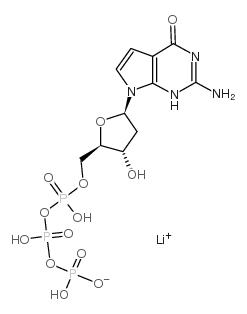| 结构式 | 名称/CAS号 | 全部文献 |
|---|---|---|
![3-[(3-胆固醇氨丙基)二甲基氨基]-1-丙磺酸 结构式](https://image.chemsrc.com/caspic/227/75621-03-3.png) |
3-[(3-胆固醇氨丙基)二甲基氨基]-1-丙磺酸
CAS:75621-03-3 |
|
 |
7-Deaza-2′-deoxyguanosine 5′-triphosphate
CAS:101515-08-6 |